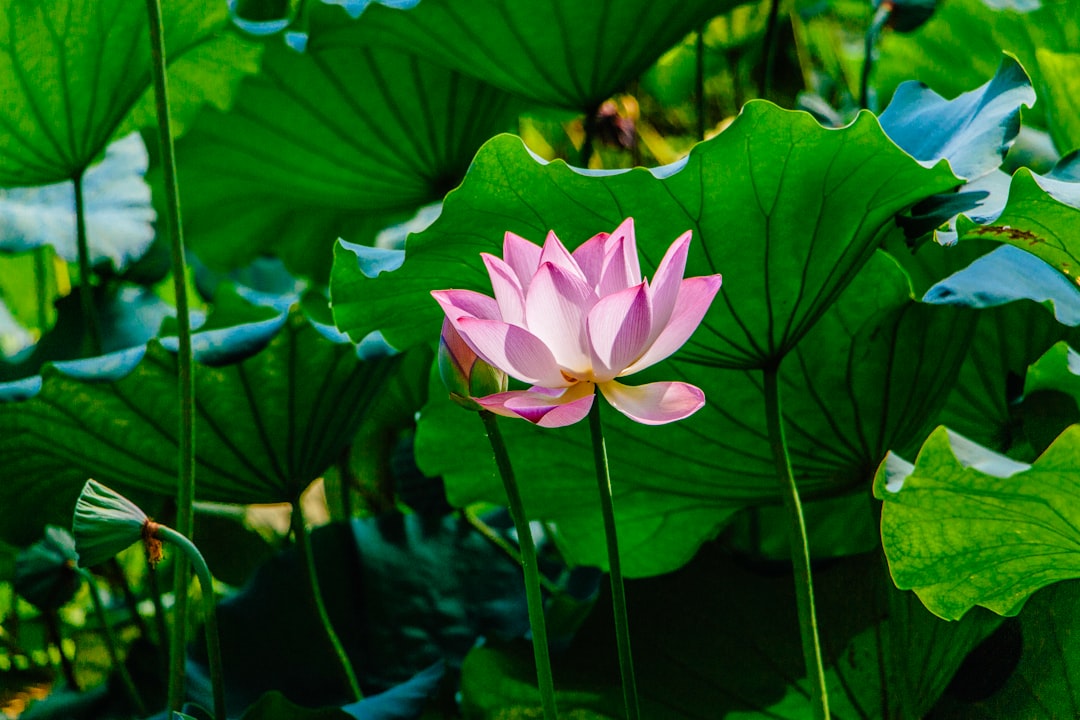What is it about?
The quality of drinking and mineral waters has traditionally been assessed in terms of the presence of useful components and the absence of undesirable impurities in the natural source. However, the contact with the packaging material when bottling or storing samples can change the composition of the water, introducing toxic compounds of anthropogenic nature. The processes of absorption of certain groups of chemical compounds from solutions by packaging materials are also possible. Water is a non-equilibrium geochemical system, which suggests changes in its composition depending on various factors. Therefore, it was of key importance to evaluate the interaction of different types of water with the similar types of packages. The research presents the results of our experiments on the assessment of package materials impact (glass and PET) on the water quality. Past research discusses characteristics of different polyethylenes as packaging materials at large. However, few investigations contain the quantitative assessments of the entry of hazardous substances from polyethylene into food products, or vice versa – the absorption of hazardous components by plastic. This research focuses on changes in the composition of a complex of polycyclic aromatic hydrocarbons (PAHs) in water samples taken on the Kerch Peninsula in close proximity to the unique balneological object – Lake Chokrak. Besides, the investigation presents the qualitative analysis of the popular light drinking water in glass bottles. The change in water composition is partly determined by the characteristics of the waters themselves; nevertheless, the effect of the packages on changes in water quality is clearly demonstrated. There is a demand for specific attention and an individual approach to choosing packaging materials for bottling water, especially for drinking and medical use, as well as when organizing the collection and storage of water samples for specific pollutants.
Featured Image

Photo by Brian Yurasits on Unsplash
Why is it important?
When assessing the quality of mineral and drinking water, the focus is traditionally placed on their mineral macro-and micro-composition. The content of organic components, including those that degrade water quality, is of less impact on consumers’ choice of mineral or drinking water. Alongside with that the organic components play key role in the formation of the effects of water on the human body. This applies to both positive and negative effects. Having said that, physical and chemical characteristics of water composition can change the composition of bottled water during storage, sometimes significantly. The vast majority of almost all types of consumed mineral and drinking water is bottled in PET containers. In some countries, there are tight constraints on the storage of beverages in such containers, including mineral water. It is particularly true for Australia, India, Canada, and the United States, where disposable plastic bottles [1-4] are banned in a few settlements. In India, restrictions were introduced in 2015-18 in the States of Bihir, Sikkim and Maharashtra [5, 6]. The bans draw on significant amounts of plastic waste as well as concerns about the quality of water in disposable plastic containers. The complexity of the problem also stems on the fact that different chemical compositions of water types have different aggressiveness in relation to the media in contact with them, which means that potentially the packaging material can begin to emit or absorb certain compounds from the water. The purpose of this article was to assess the effect of packaging materials on the composition of water (concentration of organic compounds). For this, we carried out experimental determinations of polycyclic aromatic hydrocarbons (PAHs) and phthalates. For analysis, the obviously most significantly different natural waters were selected (in terms of chemical composition and formation conditions) due to the laboriousness and high cost of sample preparation procedures. In our opinion, these types of water should have different aggressiveness with respect to the material of PET packages and glass, however, all of them are unsaturated solutions from the point of view of the chemistry of solutions.
Perspectives
Given the features of the processes occurring during storage of water, a number of solutions can be proposed to optimize the technology of sampling, extraction, and storage of samples during the organization of environmental quality control. Parallel determinations using standard samples are recommended, as well as solving the problem of bottling, storage time and packaging of drinking water. It is necessary to adjust the regulation of drinking water bottling technology taking into account the behaviour of PAHs, phthalates and other toxic organic substances in the aquatic environment. All bottled waters should be monitored and inspected for hazardous levels of PAHs in accredited laboratories. The lack of reasonable standards for the PAH content in waters, including mineral and drinking water for sale, remains a significant problem. The case demonstrated above showed that the method of packaging can radically affect the composition of the bottled water, up to the loss of consumer properties and the acquisition of hazardous characteristics. The lack of reliable methods for determining PAH concentrations in water largely constrains the justification of their normative values in adjacent media and the construction of kinetic models of their transformation in interaction with the components of the natural environment. Alongside with the evaluation of dissolved forms of PAH, it is necessary to assess their concentrations in suspended forms, as well as in the system "water – rocks – soil". This makes it possible to expand the information resource of PAH determination, explain their genesis and correct the accuracy of determination in waters of different chemical composition and purpose.
Professor Aleksandr Khaustov
Peoples' Friendship University of Russia
Read the Original
This page is a summary of: Migration of PAHs and Phthalates from Package Materials during Water Storage: Glass or Plastic?, Polycyclic Aromatic Compounds, March 2020, Taylor & Francis,
DOI: 10.1080/10406638.2020.1734033.
You can read the full text:
Resources
Contributors
The following have contributed to this page










